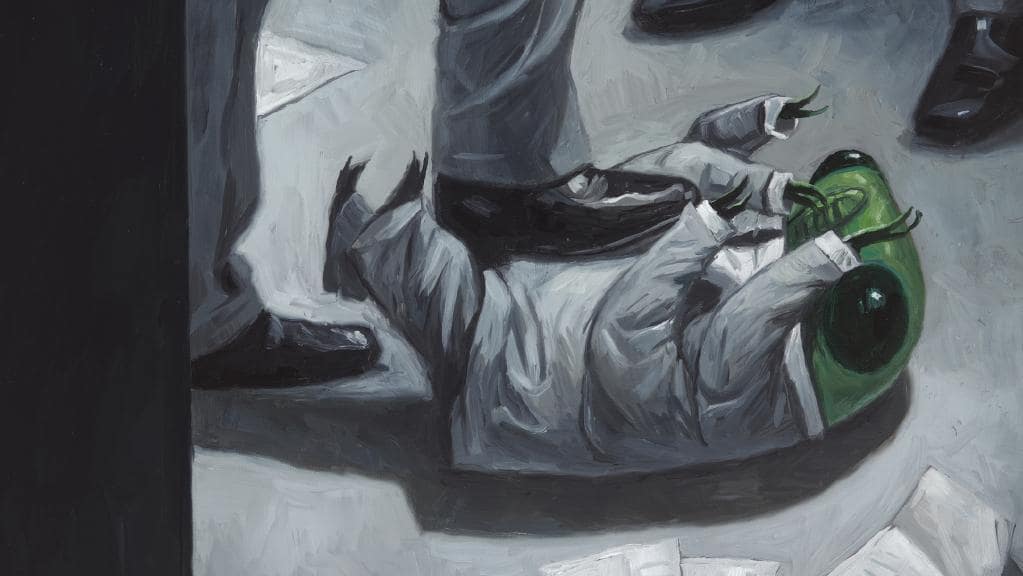
It has bulging compound eyes, three glistening simple eyes and short bristly antenna. At rest, it holds its wings like a peaked roof over its abdomen. A strong flyer, it has two sets of transparent and clearly veined wings, perhaps its most distinctive feature. It has six jointed legs, with the front pair adapted for digginga reflection of its underground burrowing life when a nymph. Like all insects, the usually dark to brownish to greenish cicada has three body partsthe head, the thorax and an abdomen. The cicada, although larger in size, counts spittlebugs, scales, planthoppers and the familiar aphids among its relatives.

Worldwide, cicadas comprise about 2000 species, which occur primarily in temperate and warmer regions.

Cicadas sometimes erroneously called “locusts,” which are actually certain grasshoppers belong to the Homoptera, an order of insects distinguished by piercing and straw-like sucking mouthparts.


 0 kommentar(er)
0 kommentar(er)
